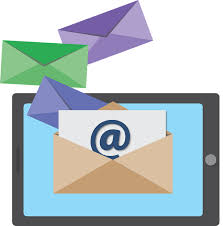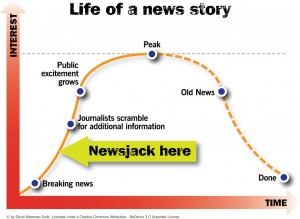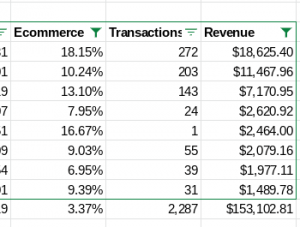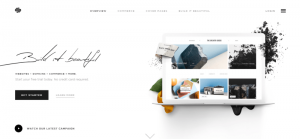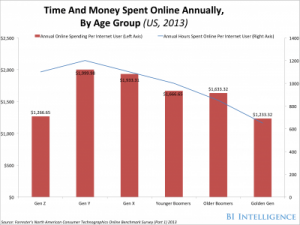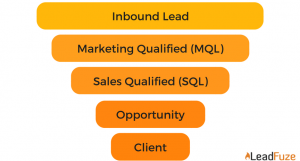Or: Is Email Losing Ground as a Lead Generation Channel?
Among B2B marketers, the question of the demise (or the continued usefulness, depending on your stance) of email marketing is often hotly debated. Statistics are cited and viewpoints posited, but the verdict is still unclear to many. You might encounter headlines such as this one, for instance: “Pardot Survey Finds That Nearly 70% of B2B Marketers Aren’t Using Email Marketing as Their Primary Lead Generation Tool.”
Some contend that buyers are weary of promotional emails, and that even when in need of a particular solution, potential buyers will ignore your offering in their inbox and proceed to conduct research on their own. “Repeatedly sending emails to subscribers who no longer engage with your emails will have a negative impact on your email open and click-to-open rates,” said Laurie Fullerton in an article for The Drum.
Just Keep Nurturing
While outbound email blasts have mixed reviews as a marketing tactic, many B2B companies still find email a valuable tool for nurturing and customer retention. Lead nurturing emails receive a 4 to 10 times higher response rate than one-time email blasts, according to DemandGen Report.
If you do opt to redistribute that portion of your marketing budget previously earmarked for email blasts, you might want to focus on a strong email strategy for customer retention and nurturing leads in late-funnel stages. Here are three best practices and one additional tip to keep in mind for successful lead nurturing and customer retention through email.
- A strong email marketing campaign will combine the right timing of emails with a targeted campaign based on where your leads are in the sales cycle. Focus on providing real value with every email; your prospects will appreciate the fact that you are delivering more than just a sales pitch, and the occasional testimonial or case study regarding your services will be well received.
- Retention emails afford an opportunity for future sales, but be careful to avoid a “hard sell,” and always pepper your sales messages and offers with useful tips and information that will help build confidence and trust in your company.
- Use progressive profiling, asking only one question with each email, letting the customer set the tone and pace, and being careful to never assume too much about your prospect. Continue to monitor the data you collect about your prospect and change your messages accordingly.
- Interestingly, triggered emails produce significantly higher click-through rates and revenue than other types of business emails, according to a study by Epsilon. If you’re not making full use of triggers, you might consider having an agency handle this aspect of customer engagement; a recent study from Econsultancy and Adestra revealed that “agencies are more likely than in-house marketers to use a variety of triggers such as content downloaded and cross-sells.
So don’t ditch your autoresponder just yet. Nurturing a business relationship through email can still help you to close more sales, retain your existing customers, and increase repeat purchase rates.
This post was originally published on Asad Haroon’s LinkedIn Pulse page.
Digital & Social Articles on Business 2 Community
(25)
